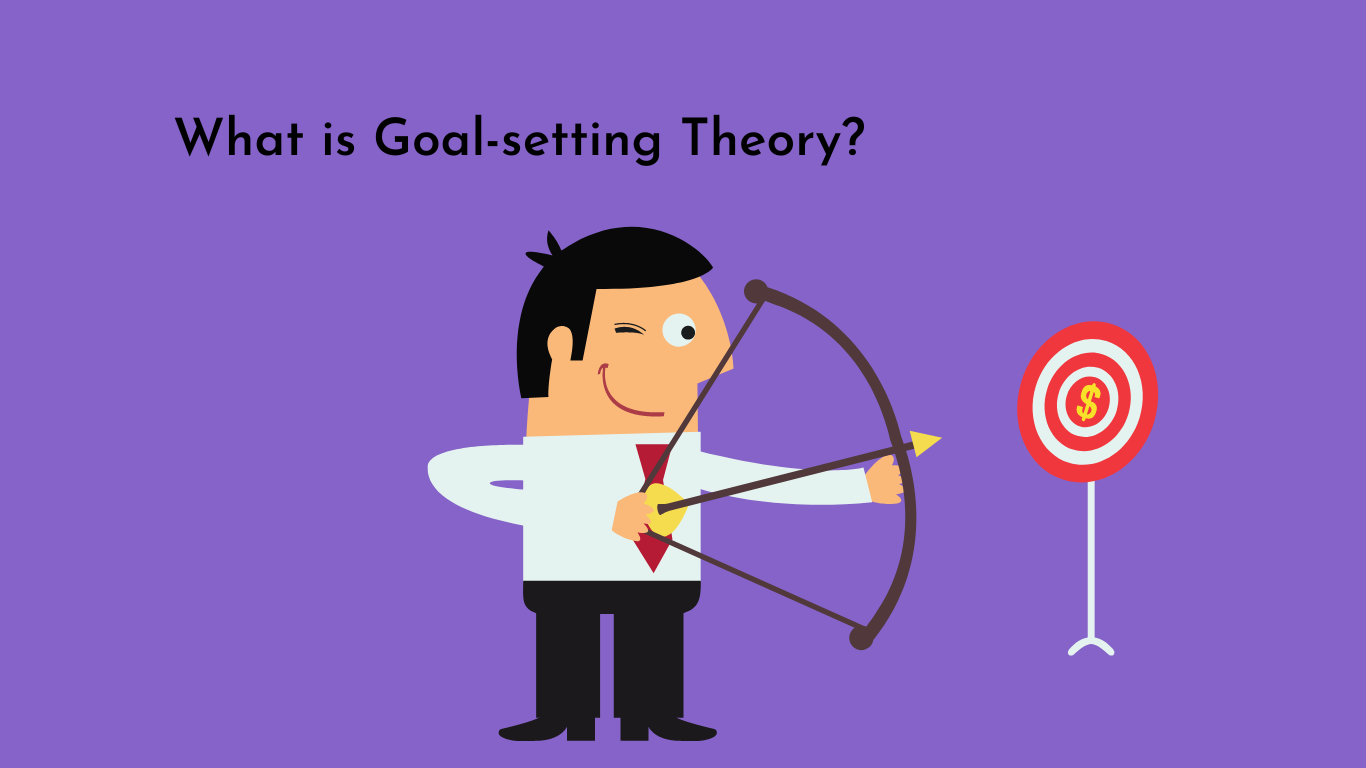What Is Goal Setting Theory?
To achieve success in any area of life, it is important to set goals. However, not everyone understands how to set effective goals. Goal setting theory is a framework for goal setting that has been developed over many years. This blog post will discuss what goal-setting theory is and how you can use it to achieve your own goals. Stay tuned!
Goal Setting Theory: An Overview
Goal setting theory was coined by Edwin Locke and states that individuals are motivated to achieve goals when those goals are specific, challenging, and attainable. It says that when individuals set difficult but specific goals, with feedback perform effectively as compared to those who set easier goals and do not demand feedback.
This theory has been widely studied and is an effective way to motivate employees. When managers use goal setting theory to set goals for their team, they should keep these three things in mind: Specificity, Challenge, and Attainability.
1. Specificity; Goals should be specific:
Specificity means that the goal should be clear and well-defined. The more specific the goal, the easier it will be for employees to know exactly what they need to do to achieve it. For example, rather than saying “increase sales,” a manager could say “increase sales by 10%.” According to Stephen P Robbins, specific goals motivate individuals to achieve more effectively.
2. Challenge: Goals Should be Difficult
Challenge refers to the fact that the goal should be something that challenges employees and makes them stretch a bit outside of their comfort zone. If the goal is too easy, employees will likely not be very motivated to achieve it. However, if the goal is too difficult, employees may become frustrated and give up. Finding the right balance of challenge is important when setting goals.
3. Attainability: Goals should be attainable
Attainability refers to whether or not the goal is achievable given the resources available. If Employees feel like they are chasing an impossible dream, they will quickly become discouraged. However, if they believe that the goal is achievable with some hard work, they will be more likely to put forth the effort necessary to achieve it.
Setting& Achieving Goals: 3 Important Types of Goals
We all have things that we want to achieve in life, but sometimes it can be hard to accomplish our goals. Fortunately, there is a branch of psychology that is dedicated to studying how people set and achieve goals, and this can give us some insight into how we can be more successful in achieving our personal goals. This area of psychology is known as “goal setting theory,” and in this blog post, we’ll take a look at some of the key insights that this theory has to offer.
The first thing to understand about goal-setting theory is that it is not a one-size-fits-all approach; in other words, there is no single formula for setting and achieving goals that will work for everyone. Instead, goal-setting theory suggests that there are different types of goals, and each type of goal requires a different approach. The three main types of goals that goal-setting theory recognizes are performance goals, learning goals, and task goals.
1. Performance Goals:
A performance goal is a specific target that you set for yourself in terms of your performance on a task or activity. For example, if you are training for a marathon, your performance goal might be to run the marathon in under four hours. Alternatively, if you are trying to improve your grades in school, your performance goal might be to get an A on your next math test. The important thing to remember about performance goals is that they should be specific and measurable; in other words, you should be able to track your progress towards the goal and know when you have achieved it.
2. Learning Goals:
A learning goal is similar to a performance goal in that it also involves improving your performance on a task or activity. However, instead of focusing on the outcome of your performance (e.g., running a marathon in under four hours), a learning goal focuses on the process of improving your performance (e.g., improving your marathon time by two minutes per mile). Learning goals are important because they help you to stay motivated even when you are not seeing immediate results; after all, even small improvements can add up over time and help you to achieve your ultimate goal.
3. Task Goals:
A task goal is simply a specific target that you set for yourself in terms of completing a task or series of tasks. For example, if you are working on a project for work or school, your task goal might be to finish writing the project by the end of the week. Or if you are cleaning your house, your task goal might be to finish vacuuming by noon. Task goals are important because they help to break down a larger goal into manageable pieces; by accomplishing small tasks along the way, you can eventually achieve the larger goal that you are working towards.
Goal-setting theory can help us understand the different types of goals we can set for ourselves, and how we can achieve them more effectively. Next time you sit down to set some personal goals, keep these insights in mind and see if they help you to achieve them!
Also read: What is employee citizeship behavior?
In conclusion, goal setting theory is a widely-used theory. It can be used to help managers set goals for their team and then motivate them to achieve those goals. When using this theory, managers should keep specificity, challenge, and attainability in mind to create effective goals.







Ok